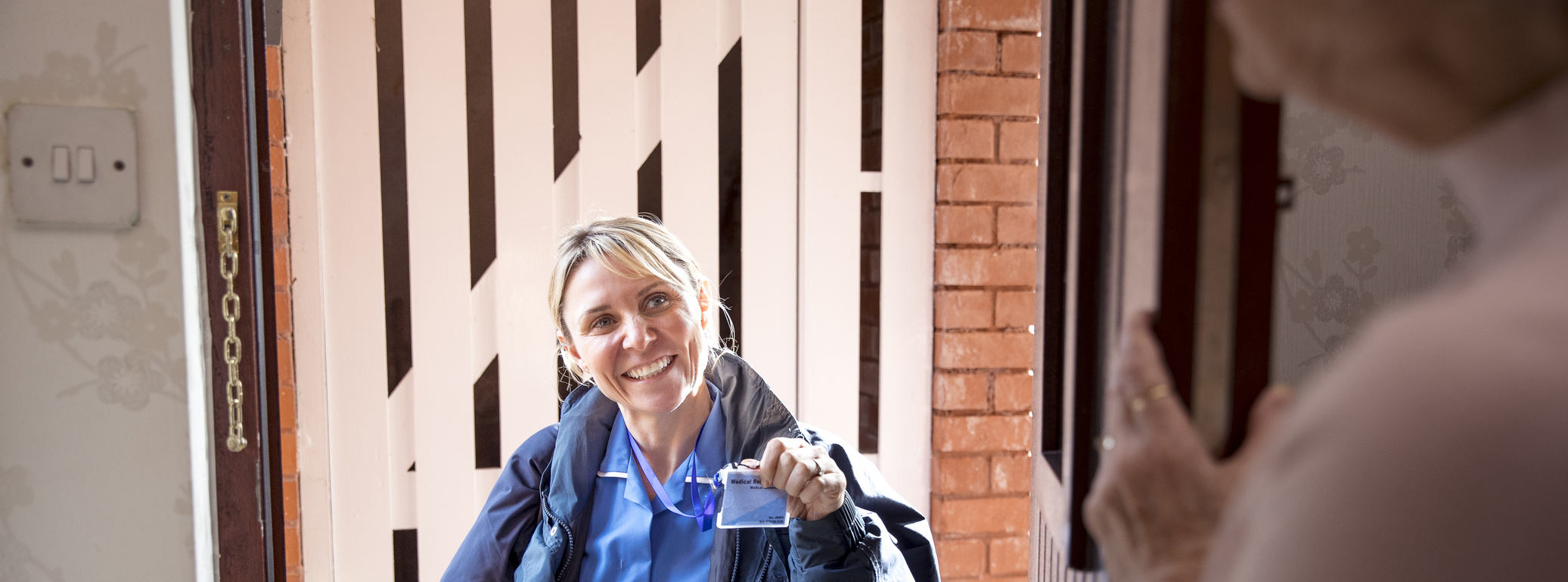
By: nntc
Key Considerations When Selecting Lone Worker Protection
What are the key considerations for an organisation when selecting Lone Worker protection for their staff?
The driving force should always be ensuring that the chosen product is fit for purpose for all staff, in whatever job role. Small organisations may find that one type of lone worker device suits all lone workers in their organisation, but a larger company is likely to find different job roles, or indeed personalities require a different solution or device. more…
Just heard an interesting interview on radio 4 and thought I would like to share the key points.
The discussion related to people who live in areas where there is difficulty getting a signal when using a mobile phone. Many of the lone workers I come across also have this problem when they visit areas with no phone signal. If you get into difficulty and need to make an emergency phone call or if you need to let someone know where you are but you have no signal what do you do?
In the first instance 999 or 112 on your mobile may work as the police satellite can work of the smallest of signals.
Secondly it was suggested on radio 4 to use a sim from abroad here in the UK. When you turn your phone on abroad the phone roams until it finds a provider in range, a sim from Europe used in the UK will do the same thing. What a great idea!
I would not advocate using this as a permanent solution as there are problems with data and legal considerations, however carrying a spare sim with a small amount of credit with you may help in those situations when you need it most.
One of the companies in the UK selling roaming sims is ANYWHERE SIM.
How to carry out a lone working risk assessment
Your health and safety risk assessment should cover all potential risks and hazards in your organisation. This covers risks faced by everyone who is in contact with your business, including you, your employees, contractors, clients, suppliers and other visitors to your workplace. It also includes the families of people who work for you from home. The risk assessment should record ‘significant findings’ and note any groups at risk.
Is it safe to work alone?
Working alone is not in itself against the law but whether it is safe to do so depends upon the potential hazards facing the lone worker carrying out their duties and the law does require employers and self- employed workers to consider carefully and then deal with any health and safety risks that could occur
How to Develop and implement a Lone Worker Policy for your organisation
The Health and Safety at Work Act places certain obligations on employers and employees in respect of safety at work including Lone Working. Probably the best way of translating those obligations into responsibilities and actions to be taken is to develop a formal written policy. But how often do we take our policy, sign to say we have read it and them use it to stop our desk from wobbling?
Lone Working Legislation and the key facts for managers and staff
Establishing safe working conditions for people who work alone is no different to that of arranging the safety of other employees. Basically the employer needs to understand the law and standards that apply to all work-related activities which requires them to identify the hazards of the job and assess the risks involved. Then the employer needs to devise or implement any safe working arrangements so that risks are eliminated or effectively controlled.
Looking after the safety of your lone workers saves you money
The more frequently we place employees in lone working situations, the more often they are exposed to risks to their health safety and well-being and the more likely it is we will be faced with the consequences of accidents and incidents.
Can we afford not to protect our lone workers?
